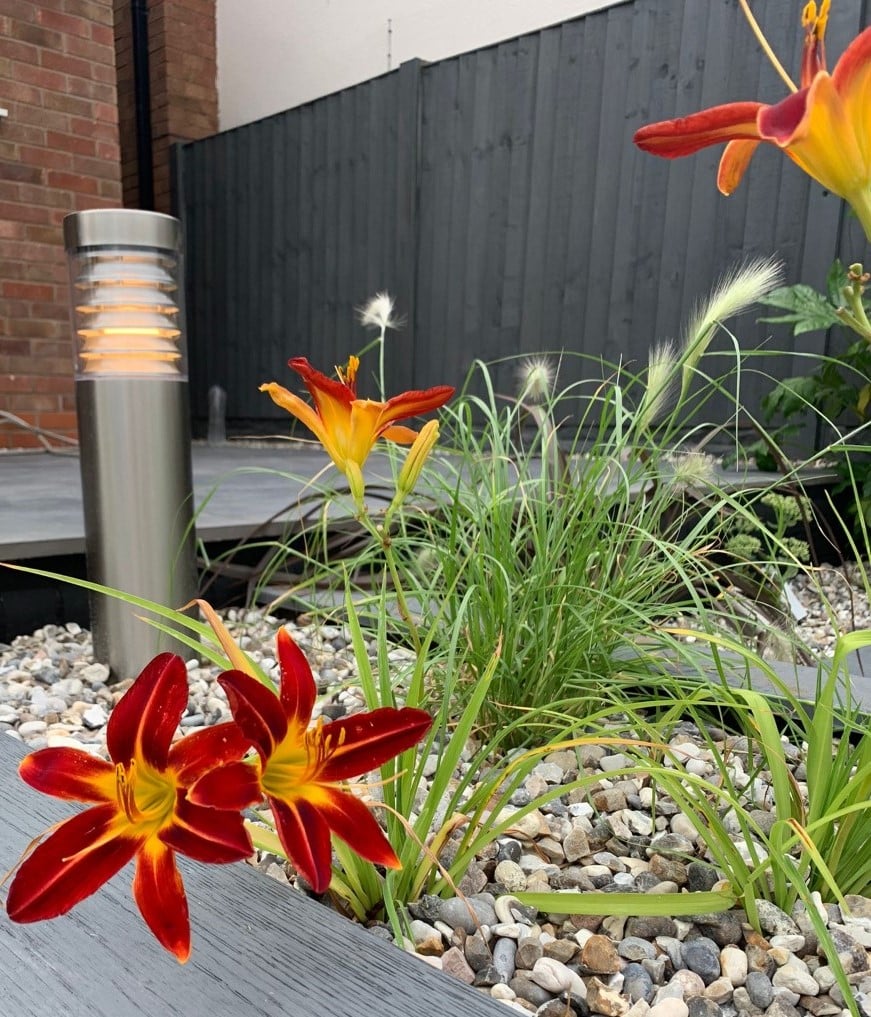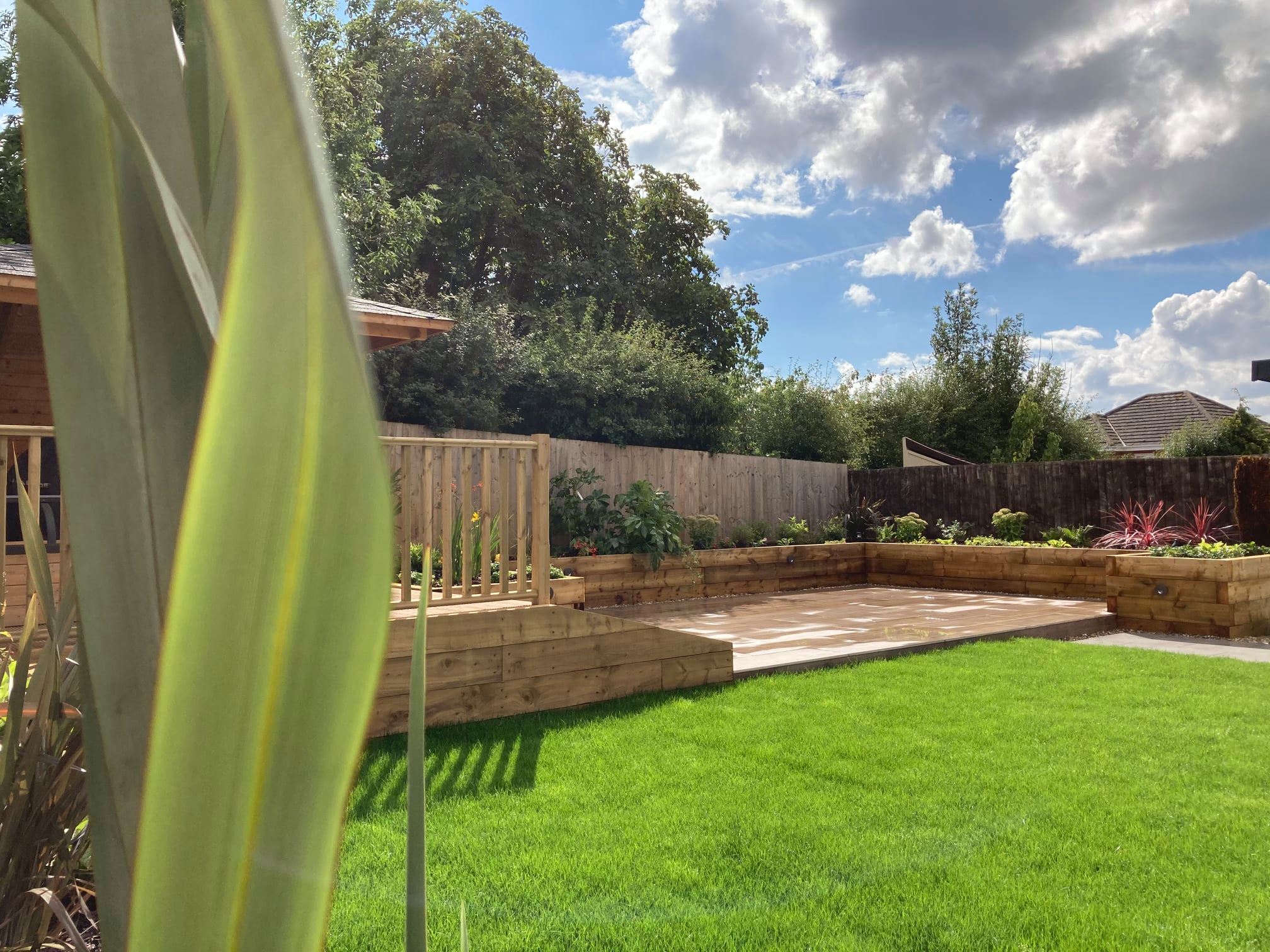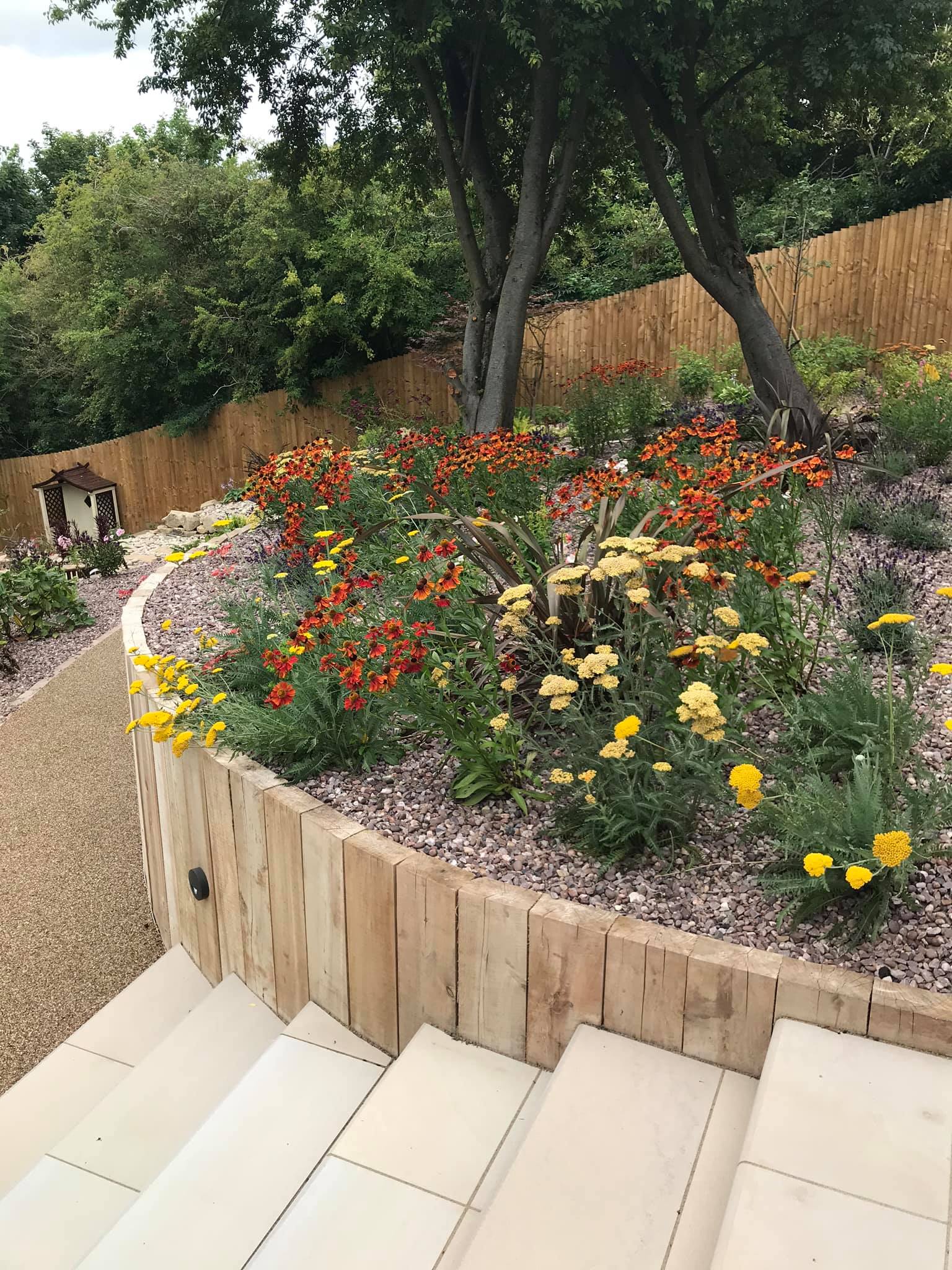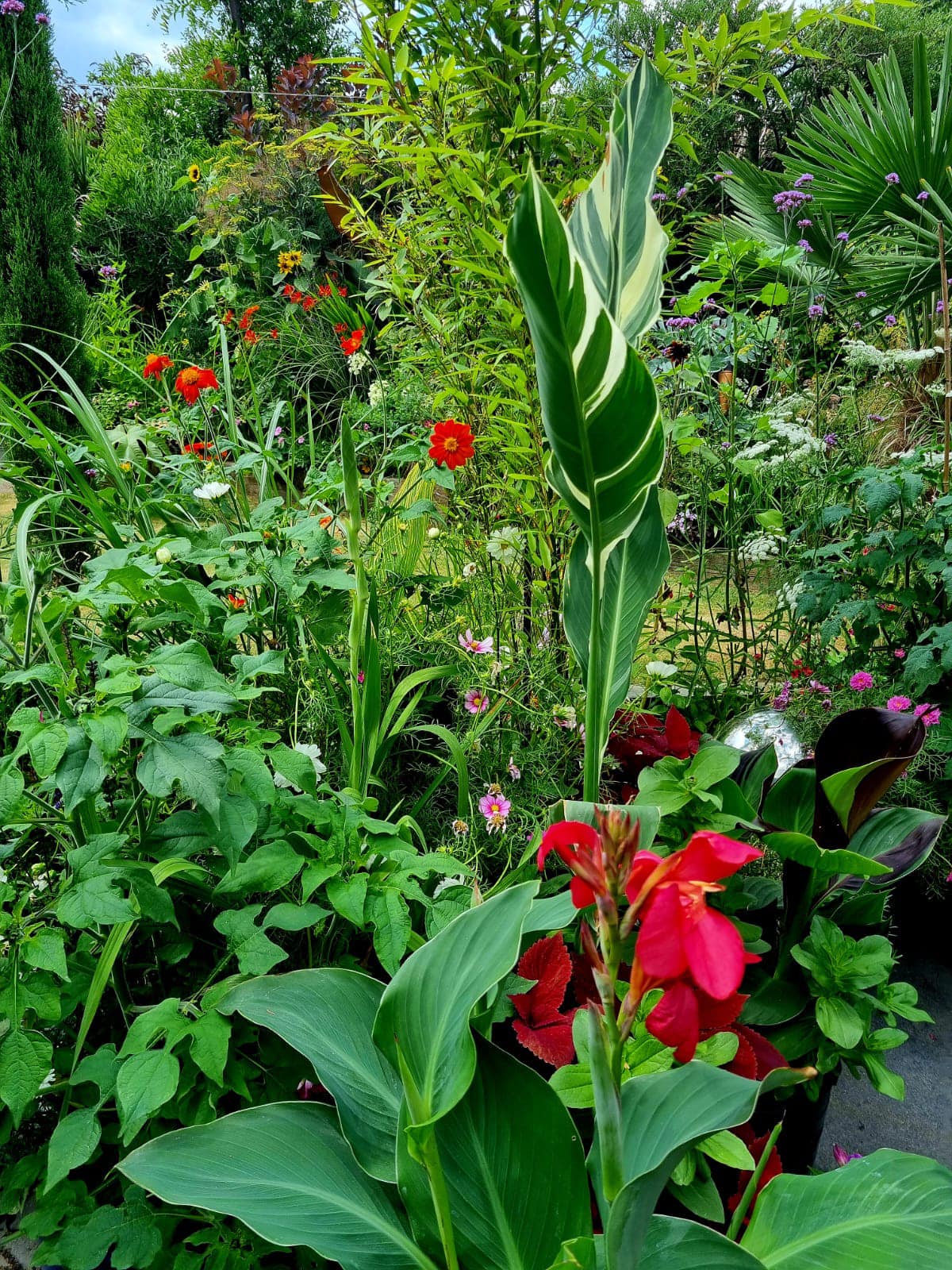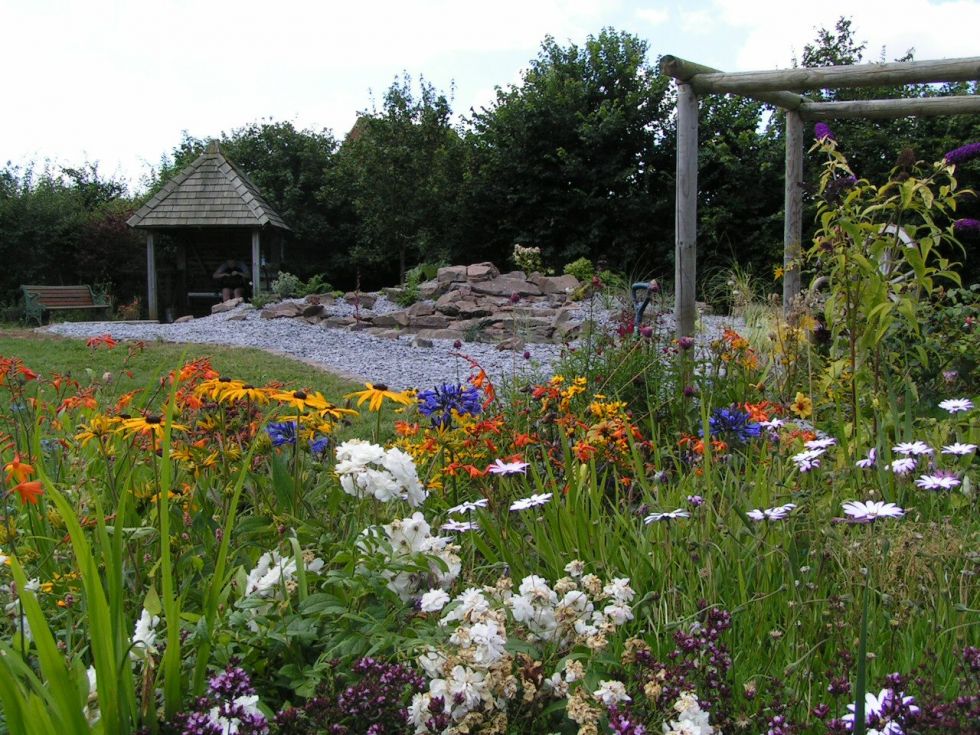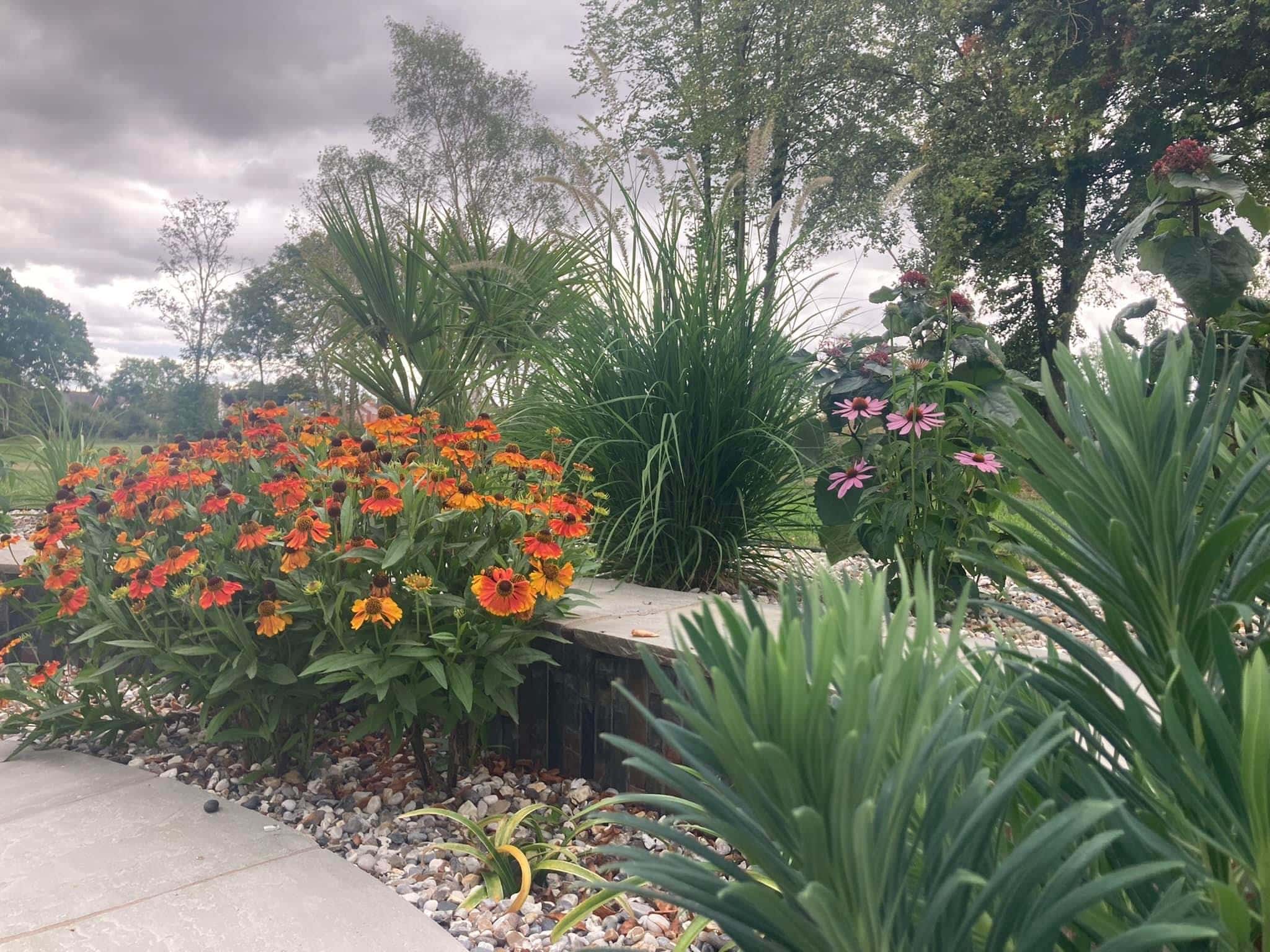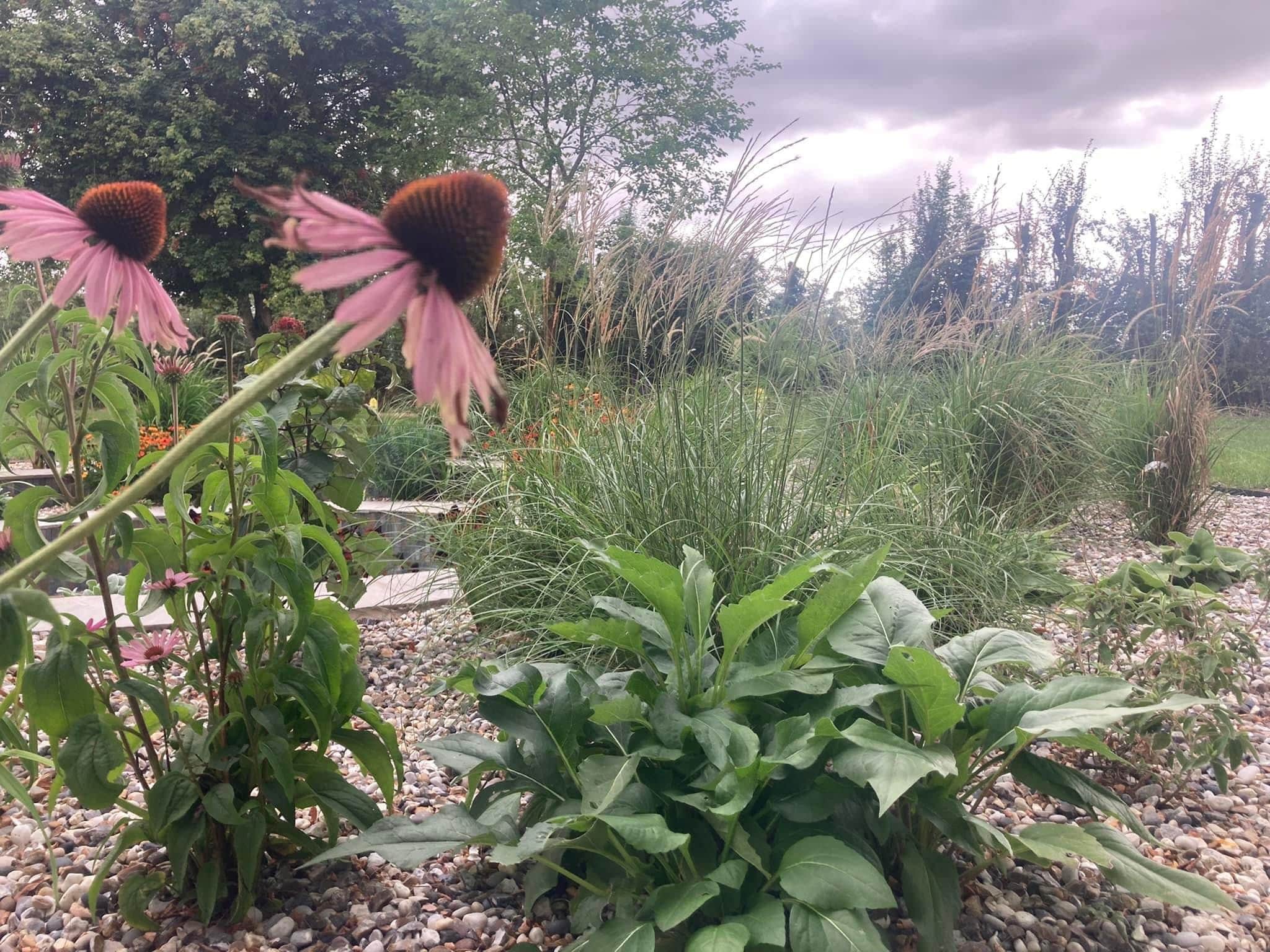Avoiding Plant Pests
It is not surprising, that with over 25 pests, our gardens can be under constant attack and it can present a huge challenge for gardeners in identifying the cause of the damage. The most common pests include:
- Ants
- Aphids
- Box Tree Caterpillar
- Cherry Aphids (Blackfly)
- Leatherjackets
- Rabbits
- Slugs & Snails
- Spider Mites
- Viburnum Beetles
- Worms
- Vine Weevils
Often prevention is the best method, and you can achieve this by creating a sustainable and balanced eco-system, whereby pests become the food for birds, small mammals and amphibians.
It is also important to ensure the environment has the best possible conditions in which plants can thrive, therefore making it difficult for pests to create major damage.
There are also a few ways you can minimise damage caused by pests, which include:
- Using a fertilizer which has a reduced amount of nitrogen as this will reduce leafy grow
- which pests find appealing
- Covering your plants with fleece or fruit cages (if growing fruit)
- Familiarising yourself with the pests which attack specific plants, as it will then be easier to know what you're looking for
- Checking your plants regularly as early signs of attack will enable you to take action
- Cleaning your tools regularly as cross-contamination can prevent many problems
- Nourishing your plants, as lack of nutrients and poor soil conditions will make your plants susceptible to attack
- Encouraging Ladybirds and Lacewings into your garden, as they feed on Aphid colonies
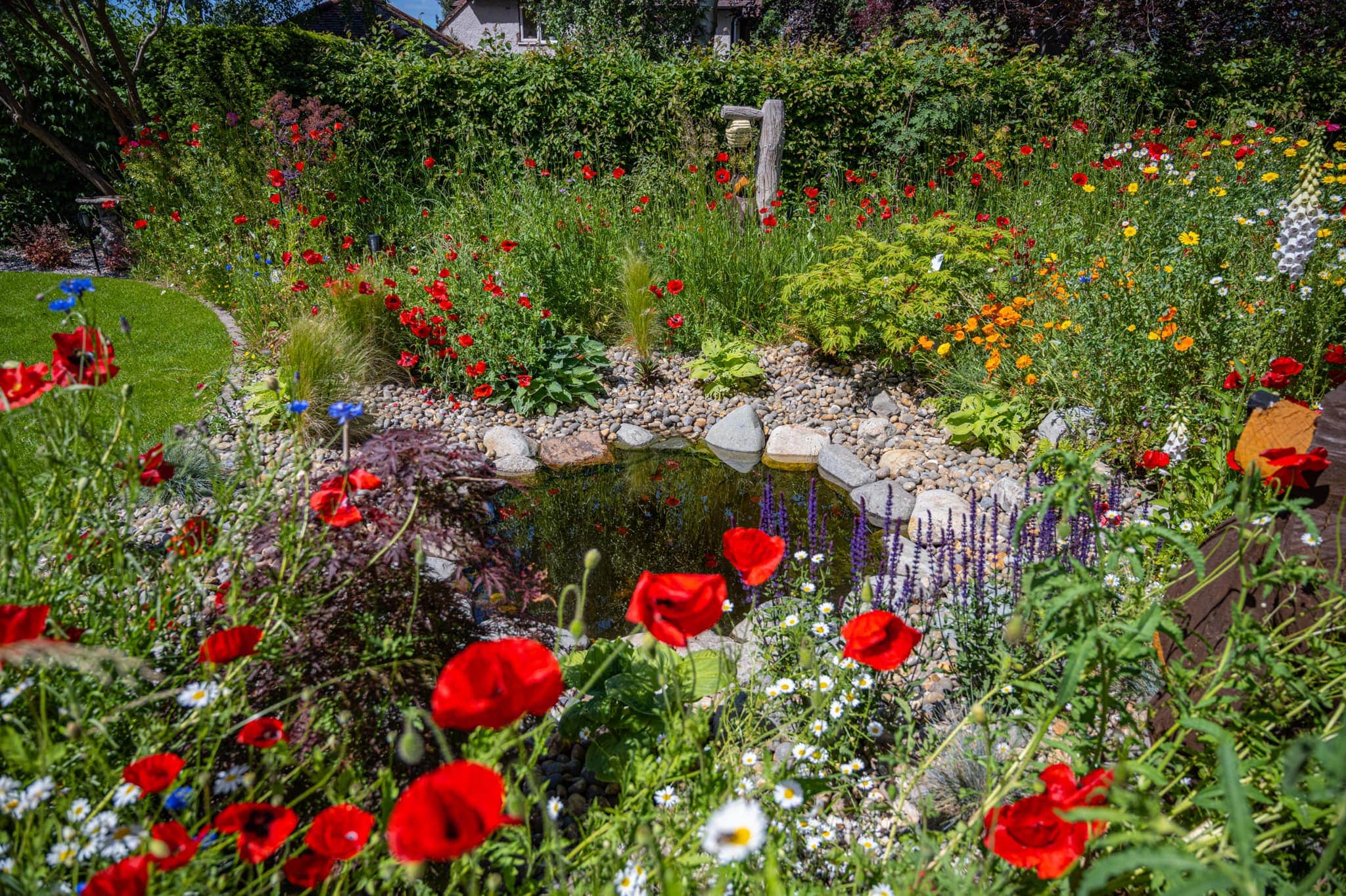
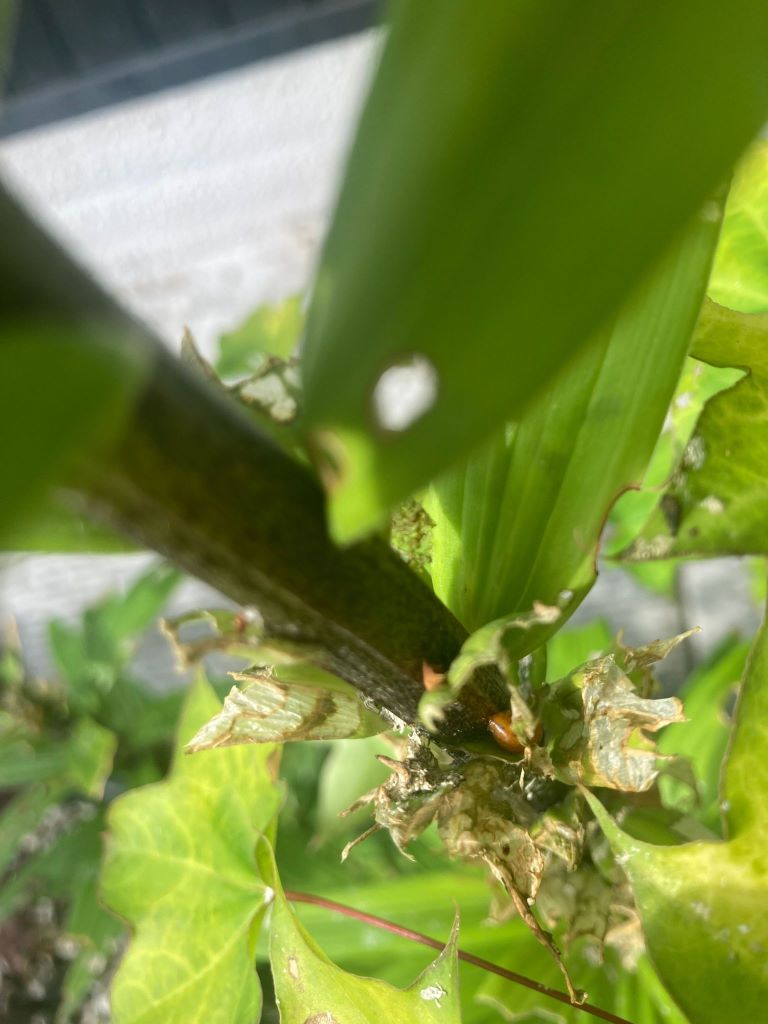
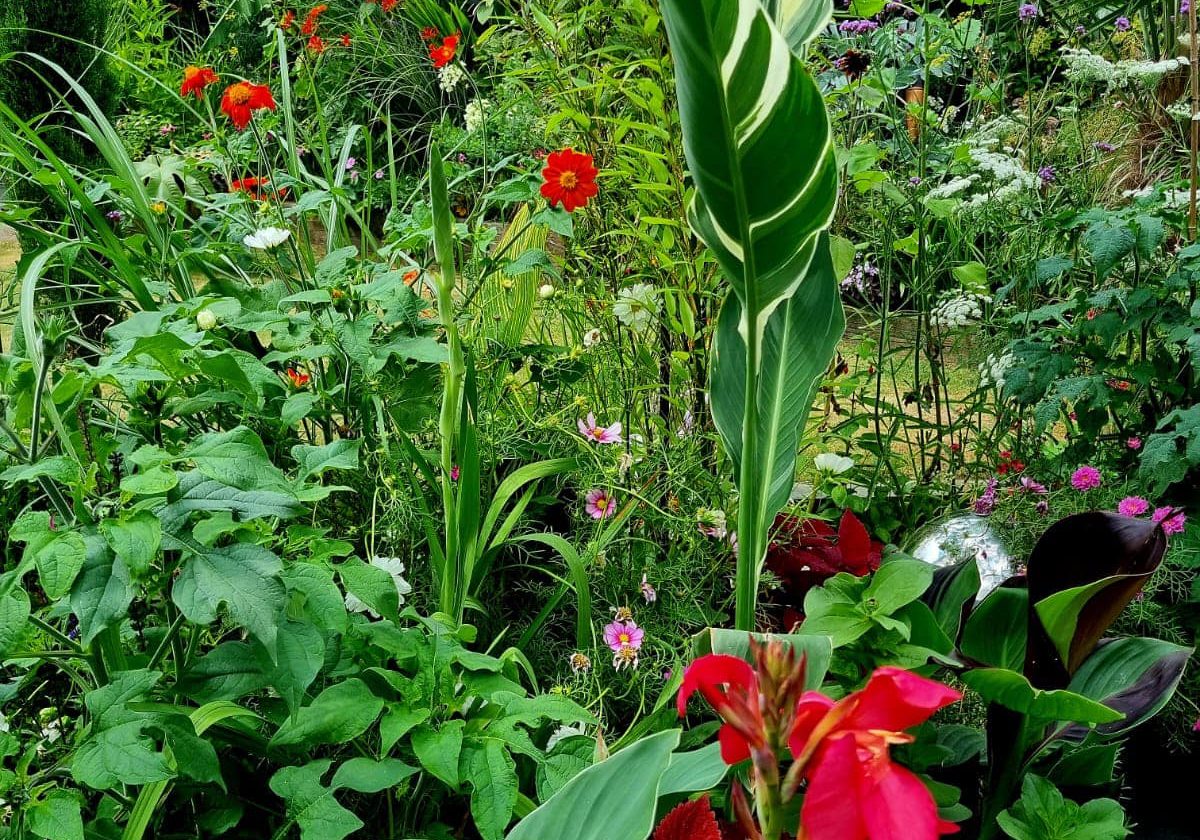
Identifying Plant Diseases
It is not surprising our gardens can be prone to diseases, with the number of diseases increasing due to environmental and climate changes.
Protecting your plants from deadly diseases in important by learning to identify problems and introducing preventative measures, as well as applying a treatment which is safe, effective and responsible to the environment.
A few of the most common diseases are:
- Powdery mildew is caused by a fungal disease due to the roots of a plant being dry with damp air around the top of the plant, resulting in a white powder being visible on the leaves. Using a layer of mulch will protect the root system by retaining moisture.
- Fungal Leaf spot won't cause your plant a great deal of harm, but it is vital to remove the leaves which have grey-brown spots to avoid spreading. The disease is caused by fungi and possibly an indication our plant is stressed. Check the plant is happy in its position, ensuring it received another daylight and consider adding nutrients to encourage healthy growth.
- Black Root Rot may show signs of yellowing leaves, stunted growth and possible wilting. Black lesions on the roots are a clear indication of this disease, as healthy roots should be white. It is always important to check the health of a plant before installing it into your garden and ensuring your gardening tools are cleared thoroughly to avoid cross-contamination. There are chemical products which can treat root rot but early intervention is key.
- Honey Fungus attacks the roots of woody and perennial plants and consists of many different types of fungi, which spread underground. Identifying this disease should be fairly easy as white fungal growth can be seen between the bark and wood, typically at ground level. Sometimes honey-coloured mushrooms also appear. Unfortunately nothing can be done to treat plants with this fungus; your only option is to remove and destroy diseased plants, ensuring the soil around the root ball is also destroyed.
These are just a few examples of the common diseases found within our gardens and best practices to avoid or eliminate them.
If your plants are showing signs of being attacked by pest and diseases, it is important to identify the cause as early as possible to avoid ongoing issues. If you would like advice on any issues within your garden, please contact us.
Additional Design Services
All charged at an hourly rate
As part of our design service, we carry out full topographical surveys, including a level survey. Sometimes clients wish to design their own gardens or add elements to their existing garden. A scaled plan of your garden can help you plan and visualise how the changes could potentially look. If you would like an independent survey producing, please contact us for more information.
We will advise which services need to be carried out by Specialist contractors

